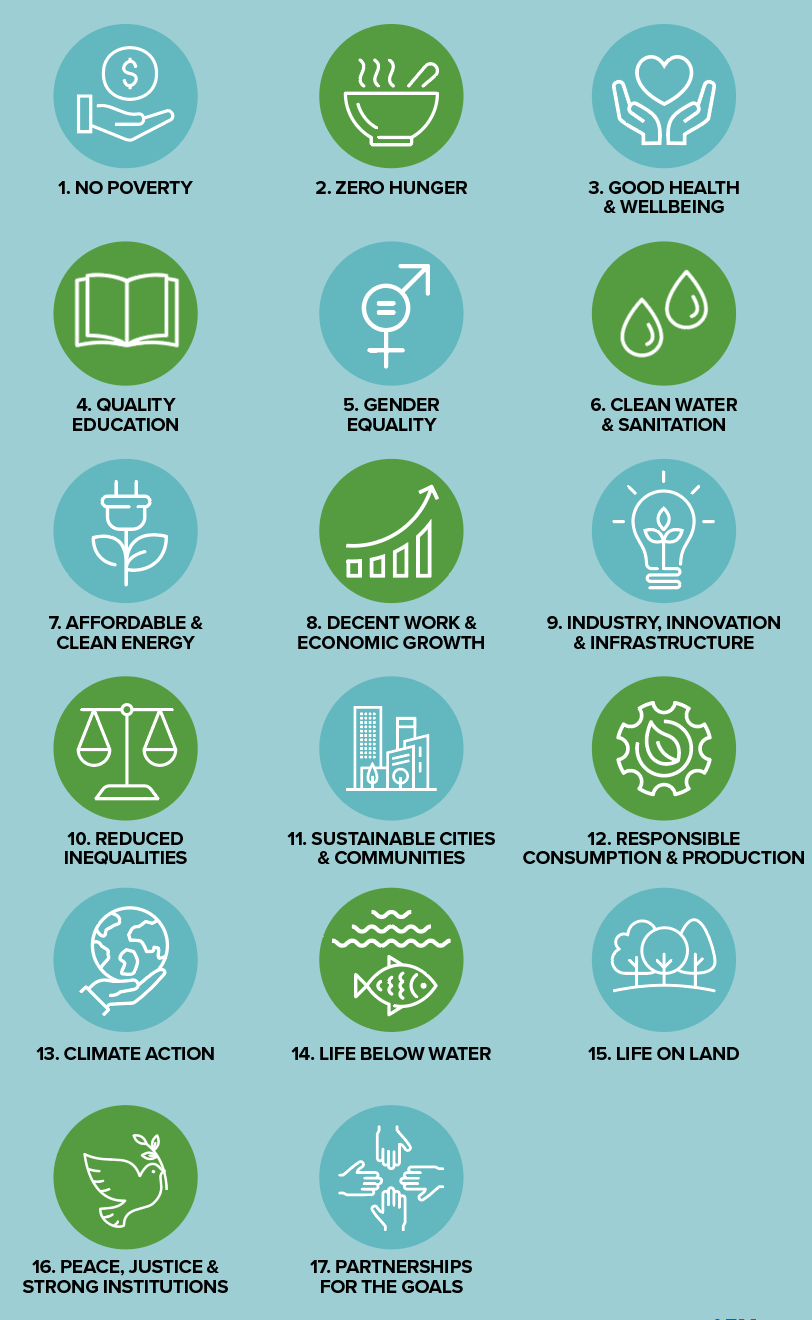HR professionals are in an influential position to shape and champion a more sustainable approach to business operations.
When it comes to environmental initiatives, employers are not playing for time – they’re racing against it. And, what’s more, they’re racing on dangerous ground.
According to United Nations (UN) projections, it’s estimated that humans have until just 2030 to prevent irreversible damage due to climate change.
As external pressure mounts from consumers, investors and employees alike, many employers have been tasked with overhauling long-standing practices to ensure sustainability without compromising financial viability.
Growing calls for action from increasingly discerning stakeholders mean that organisations need to articulate a genuine commitment to sustainability without falling prey to accusations of tokenism or ‘greenwashing’.
As the curators of workplace culture, policies and practices, HR practitioners are in prime position to champion the imperative of sustainability within their organisations and establish a clear and credible narrative around climate action. It’s not just about recycling bins and energy-efficient light bulbs; it’s about instigating a cultural shift that permeates the very fabric of the workplace.
While few can remember a time when climate issues weren’t on our collective radar, the growing urgency of environmental challenges has led to the development of concrete and consistent frameworks to help organisations take an informed approach to boosting sustainability, as well as sustainability reporting requirements.
Creating common goals
In line with its climate projections, the UN has collated 17 Sustainable Development Goals (SDGs). These far-ranging goals (see image below) form the cornerstone of its approach to building a more sustainable future.
“Since the Sustainable Development Goals were launched, there has been a much stronger push institutionally on the topic,” says Fang Lee Cooke, author, Professor of Human Resource Management at Monash University and member of AHRI’s Research Advisory Panel.

“The SDGs are interconnected. Some people see the role of HR management in the SDGs as mainly related to gender diversity and decent work. My argument is that HR management can contribute to all 17 goals.”
For instance, she says, the HR function can contribute to reducing poverty by providing lifelong learning and development to help employees remain in sustainable gainful employment. It can influence the move towards sustainable cities by facilitating flexible working practices to reduce congestion and pollution. HR can even contribute to reducing climate impacts in specific industries via its work in the diversity and inclusion space, says Cooke.
“For example, sea life is related to several industries that are traditionally more male-dominated,” she says. “If more women can enter these industries, they may come up with new or different suggestions or solutions. That diversity [of thought] will pull better ideas together.”
By embracing the interconnected nature of the SDGs, HR can help organisations not only meet specific targets, but also foster a holistic culture of sustainability that resonates throughout their operations and contributes to building a more resilient and equitable future.
“You can’t apply short-term thinking to climate programs. They need to be embedded in how [you] operate.” – Jessica Hyman, Chief Sustainability Officer, Atlassian
Go beyond the business case
Much of the current rhetoric surrounding organisational sustainability centres around a business case for tackling environmental issues. And, indeed, there are plenty of data points HR can speak to in order to build this case. An important example is the imperative to remain an employer of choice for candidates who truly care about the environment.
A Randstad study showed that nearly half of both Millennials (48 per cent) and Gen Z (49 per cent) say they wouldn’t accept a job that didn’t align with their values on environmental issues. With Gen Z growing in the workforce, this is likely to increase further.
Sustainability initiatives also have proven potential to improve risk management, drive innovation and build customer loyalty. However, Cooke’s perspective on the business case for sustainability challenges the traditional dichotomy between profit and purpose.
“Business tests can only go so far,” she says. “We should not be misleading companies or managers into believing that, if you implement [sustainability initiatives], you will get X financial benefit. That has been the trend in HR management in promoting sustainability, but the business case alone is not good enough, because [what if] it does not generate financial benefit?”
Excessive focus on the business case can also get in the way of effective sustainability reporting, she says. If financial gain is placed above all else, reports are likely to place short-term goals above long-term sustainability efforts. This can also lead to companies overselling in their sustainability reporting – a practice known as ‘greenwashing’.
“That means we can’t just use a business case – a moral case is important. Morally, companies should really be doing this. That model will require a lot of education and persuasion, and it will be a much longer game.”
HR plays a pivotal role in ensuring sustainability reporting is more than skin-deep, she says. The standardisation of environmental, social and governance (ESG) measures and metrics means that reporting can lack local relevance in some contexts, and HR is well-positioned to ensure a more specific and resonant approach to sustainable business practices.
“Sustainability for a banking company will be different from that of a fishing company or a manufacturing company,” she says. “So it’s important for the HR management function to sit down and work out with other stakeholders what it means for our company and how we can drive that forward and embed it in our strategy and practice.”
Where should you start?
Given the scale of the task at hand, crafting a sustainability strategy that satisfies the priorities of governing bodies, stakeholders and employees can feel like an intimidating or overwhelming endeavour, particularly for smaller businesses without the infrastructure to support a dedicated sustainability team.
“It can be hard to work out where to start, particularly when how-to guides explain the theory, but don’t share ‘behind the scenes’ of how it works in action,” says Jessica Hyman, Chief Sustainability Officer at global software company Atlassian.
Atlassian has set ambitious goals related to sustainability, particularly renewable energy usage, recently announcing an ambitious net zero goal of 2040, 10 years ahead of the Science Based Targets initiative’s guidance.
“We can’t just use a business case – a moral case is important.” Fang Lee Cooke, author, Professor of HR Management, Monash University, and member of AHRI’s Research Advisory Panel.
Its approach to employee engagement with this mission aligns with Cooke’s advice to push the moral case for sustainability.
“We’ve chosen the model of education over mandate when it comes to climate action,” says Hyman. “The only way to achieve a net-zero future is through teamwork and knowledge sharing.”
To help achieve this, the company recently released a report that functions as its sustainability manifesto, outlining its objectives, strategy and values around sustainability and demonstrating its commitments to stakeholders.
“This [resource] educates our staff on what our climate goals are, how everyone contributes to them, and how to have conversations to set expectations with third parties, which in turn gives employees a feeling of ownership over the outcome of the program.
“By taking a more self-service model, [businesses] can scale quickly without the constant help of a dedicated sustainability team.”
For organisations at the start of their journey towards a more sustainable future, Hyman recommends focusing the bulk of time and resources on working out how sustainability goals integrate with the broader business strategy, and ensuring this integration is communicated business-wide.
“You can’t apply short-term thinking to climate programs,” she says. “They need to be embedded in how [you] operate.
“Signing on to a climate goal and checking a tick box isn’t good enough – stakeholders want to see real commitment and progress. You can’t keep kicking the can down the road – the time to act is now.”
A longer version of this article first appeared in the 2024 February/March edition of HRM Magazine.
Need help navigating workplace change? AHRI’s short course will arm you with the skills to understand change dynamics at an individual, team and organisational level.

